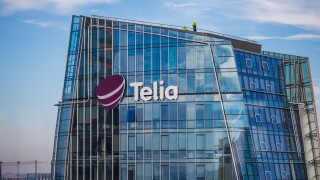The panel on “Subsea Cables: what are the true effects of more capacity in the region?” said growing demand for data in Latin America was leading to a new batch of subsea deployment in the region, with Brazil serving as the centre piece for connectivity.
Larry Schwartz, the CEO of Seaborn Networks, said Brazil’s location makes it an ideal hub for subsea cables. Currently, Seaborn’s Seabras-1 is one of a number of cables connecting Brazil that is being expanded or built.
“We all agree price erosion is a fact of life in this industry but across the board, we recognise this is the time for the next generation of cables connecting brazil to the US. Brazil is becoming an epicentre of communications globally. That’s in part because of its geography.”
Many of the cables across the east coast of the South American continent connect with the US, but there are also several cables in development that will link to Africa, including the South Atlantic Cables System (SACS), which is owned by Angola Cables, and the South Atlantic Inter Link, owned by Camtel and China Unicom.
Angola Cables is also developing MONET, along with Google and a number of other partners, that will run between Santos in Brazil, and Florida, USA.
Angola Cables CEO Antonio Nunes, who also sat on the panel, said: “We are developing several projects for Monet that will connect Latam and Brazil to the US, and we expect them to go live at the beginning of next year. They will link South America with north America, but also connect with routes through to Africa.”
Ian Clarke, the VP of global submarine systems for Ciena, warned that due to all of the cables currently in development, Brazil could soon reach saturation, which could have an impact on prices.
“We’ve got the cables coming into the region now, so the next step will be getting the resilience into the infrastructure, getting them into the data centre,” Clarke explained. “There’s a lot of cables coming into Brazil and it is getting near to saturation.”
TI Sparkle’s CEO for the Americas Laurie Bowen admitted this could be the case, but said increasing demand for internet services in the Latin America region, and demand for OTT connectivity as well, meant there is a balance to be struck.
“When we have more competition, prices are impacted,” Bowen added. “So more competition will help bring prices down, but there is a balance between the competitive side of it and getting a return on all the major investments being made in the region. We expect some impact because of saturation, but because of increasing demand, we expect the region will still play a big role.”




